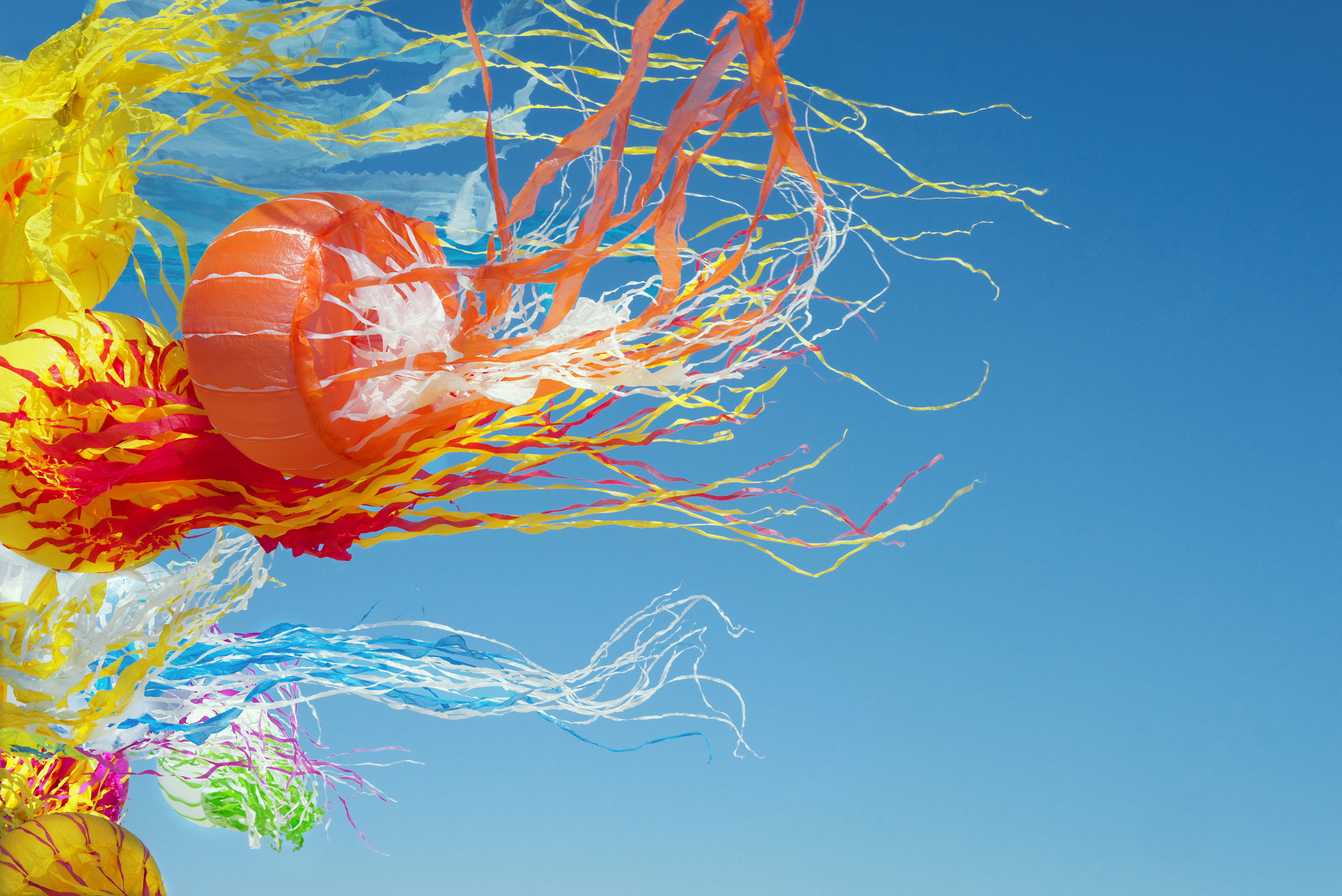All images by Sally Gall. Used with permission.
“We need to pay more attention to it, artistically, spiritually, ecologically, environmentally, and simply for our mental health.” These are thoughts of photographer Sally Gall, as we discuss the human relationship with the natural environment. Her work spans over 30 years, focusing on the gifts the earth bestows upon us. Looking at her photographs, for a split second, they can be mistaken for paintings because, and this is no overstatement, they are a work of art. We were thrilled to learn Sally is releasing a new book. Heavenly Creatures is an exploration of how a natural element – wind – impacts the prosaic objects of the nurtured world. In the book, Sally takea something as uneventful as laundry and turns it into colorful, impactful images. We connected with Sally to discuss her artistic approach and learn more about her latest release.
“I am like an explorer looking for a new continent to discover.”
Phoblographer: Hey, Sally! Congratulations on the new book. How did you find the process of putting it together?
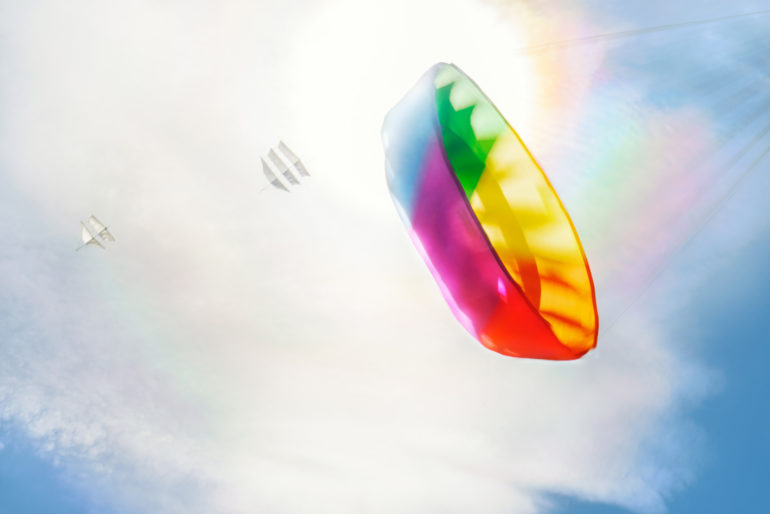
SG: Thank you! Putting together a book is a completely different process than making photographs because I am thinking about how each photograph speaks to the others as I make design choices. This is opposed to thinking about a single photograph. I am also thinking about how text affects the photographs. Whether people will read the essay before or after, and how a person will hold the object of the book in their hand. I’m thinking what their physical relationship to the book will be – it’s a unique process unto itself.
Phoblographer: Most people would see something like hanging laundry as rather mundane. Yet, like a true artist, you saw it as an opportunity to create something rather spectacular. How did you first connect to this idea, and what did you use to develop it?
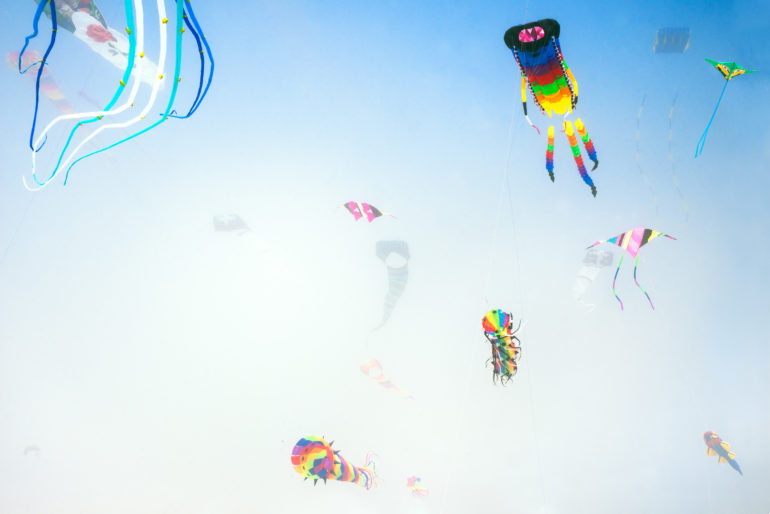
SG: I’m a photographer of the world around me. All my work comes out of the experience of seeing and being in the world (as opposed to conceptualizing in a studio.) All of my work rises out of something I experience, usually in the natural world. I am like an explorer looking for a new continent to discover. This exploration usually takes the form of wandering with my camera in an unknown place, with a particular emphasis on wandering in nature. For me, looking deep at the physical world is a contemplative, meditative, and endlessly enriching experience.
Photographing hanging laundry came out of a day wandering in the historic center of the town of Siracusa, Sicily, where I was on a cultural “vacation.” The day was bright and windy, and there was laundry hanging from 3rd and 4th-floor balconies of buildings in the town center. The wind created a fantastically colorful swirl of movement overhead as I walked down the narrow streets exploring the town. The body of work came out of an instant of seeing something unusual and captivating; it was unexpected and unanticipated. I was responding to the brilliant color and animated shapes the clothing made in the wind, as well as the connection to humanity. Whose clothes were these? Who wore that dress?
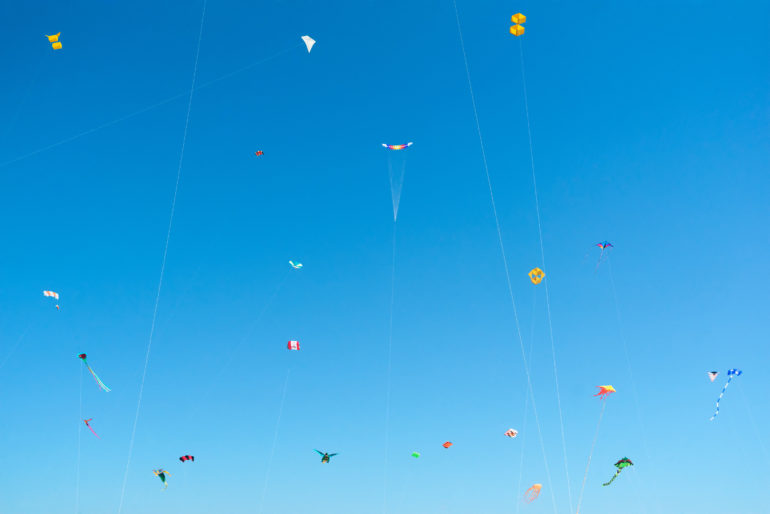
After the initial discovery, I decided to explore the idea further to see if there really was a body of work to be made, and so several months later I returned to the town of Syracuse, Sicily and spent a couple of weeks looking for and at laundry.
When I felt I had finished with photographing laundry, I turned my attention to kite festivals. My husband casually suggested I might be interested in kites (fabric, color, sky, wind) and so I went to a kite festival (Long Beach Island, Washington) on a scouting expedition. I was taken with the abstract and creaturely forms made by kites soaring through the sky . . .
Phoblographer: Let’s talk about your thought process. Do you say, “I’ve got an idea for a new book,” and then develop the work? Or do you develop the work and decide if you want to publish a book?
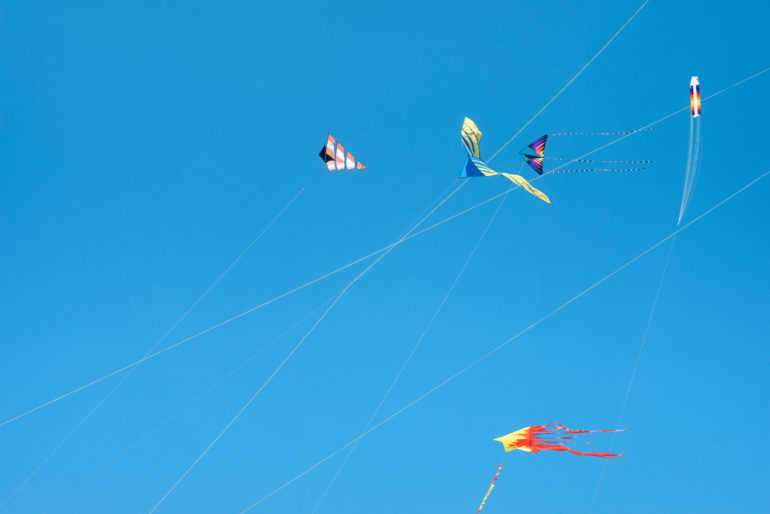
SG: The idea for a book came after the creation of the body of work. My two recent series of work, Heavenly Creatures, and Aerial, not only spoke to each other but seemed to lend themselves to being contained within a book. I’ve published three books, and they all have been born after the fact of creating the bodies of work. (Yes, some photographers create work with a book in mind, but I do not work that way.)
Phoblographer: What is it about abstract photography that you enjoy so much?
SG: I’m not interested in abstract photography per se; I just happened to find subject matter/an idea that leaned towards abstraction, and it compelled me as something new to explore.
Phoblographer: Your last book was published in 2003. What is it about this work that made you feel like it was the right time to publish again?
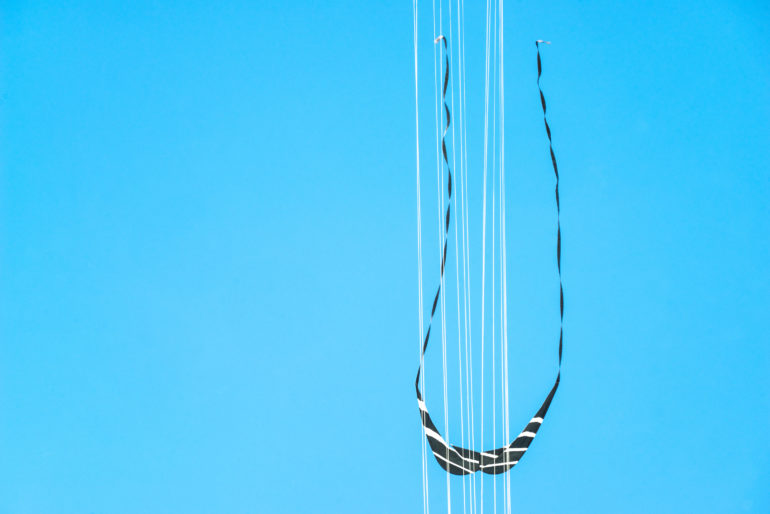
SG: I was casually working with a designer, Sam Shahid, on the idea of a monograph of my work, a “greatest hits” so to speak. After seeing my newest colorwork Sam said, “this is the book we should be working on, it’s so new and fresh.” And so that is what we did.
” My challenge is always to make something extraordinary out of the ordinary…”
Phoblographer: Were there any particular reasons for the long gap in publishing? Did you experience any creative barriers, for example?
SG: There is no particular reason for the long gap in publishing. Creating and producing a book takes a huge amount of time and effort even after all the artwork has been created, and nothing seemed to call to me to make a book again until now.
Phoblographer: The images are rich in detail, and each garment is so well placed. How did you approach making the photographs in terms of setting them up and designing them?
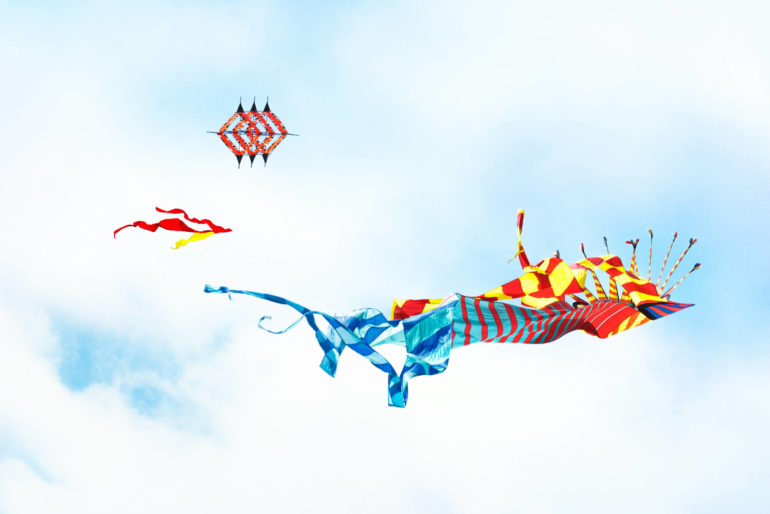
SG: All the photographs in my new book, Heavenly Creatures, are of real found situations, nothing was set up or designed. They were all composed from stranger’s hanging laundry, or skies full of kites at kite festivals. I spent a great deal of time looking and searching for the right confluence of light, movement, and color. Finding the right weather conditions was tough and there was a lot of downtime, a lot of waiting. Without the wind, none of these photographs would exist.
Phoblographer: In terms of your shooting schedule, did you go out and make your photographs when you most felt like it? Or were you more structured in your approach?
SG: I often travel to photograph so yes, the shooting schedule is very specific to whatever project I am working on, and usually place and light-dependent.
“I find it moving that someone could look at an image I create and feel joyful…”
Phoblographer: If you were to put this book in front of someone who had yet to enjoy your work, what emotions and thoughts would you hope for it to envoke?
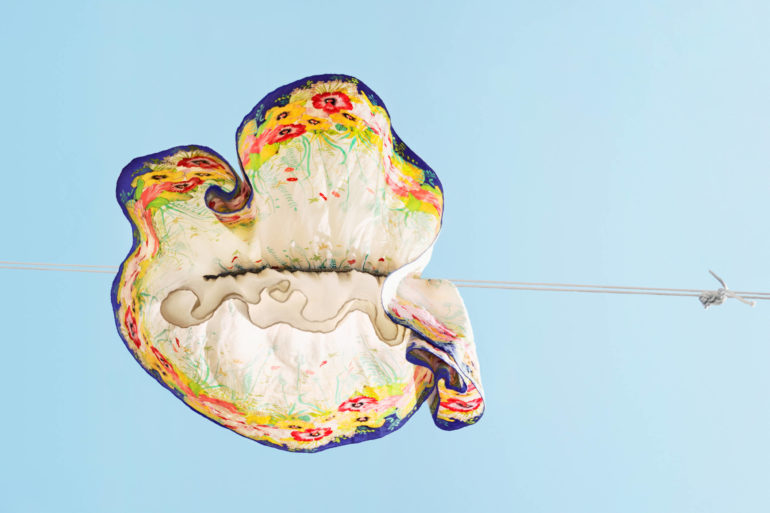
SG: I am interested in art that takes us out of our everyday life and makes us look at something in a new way. I am interested in making transcendent art. To make abstract poetic images out of something so quotidian as people’s wash, or people flying kites, was my mission. My challenge is always to make something extraordinary out of the ordinary, and to show mystery and/or beauty where one might not otherwise think to look for it.
Phoblographer: Finally, from a creative perspective, what’s the biggest lesson you’ve received from creating the series and photobook?
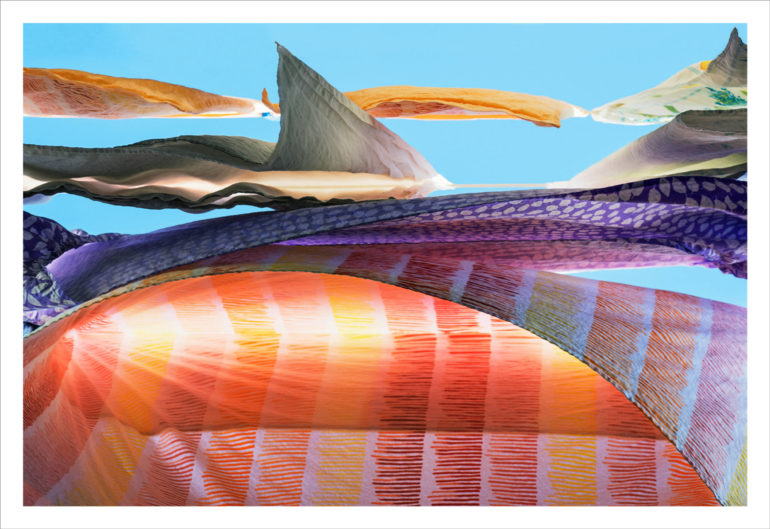
SG: I don’t know about the biggest lesson, but the biggest surprise is how many people have said the photographs make them happy. [They] bring them joy. Some people seem reluctant to express that as if that idea is too simple. I didn’t intend for this to be the reaction, but I find it moving that someone could look at an image I create and feel joyful, especially amidst the tumult and difficulty of current contemporary life.
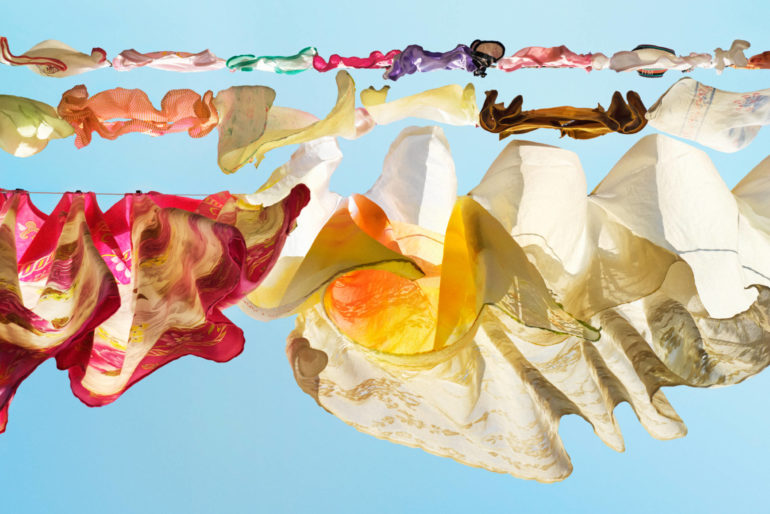
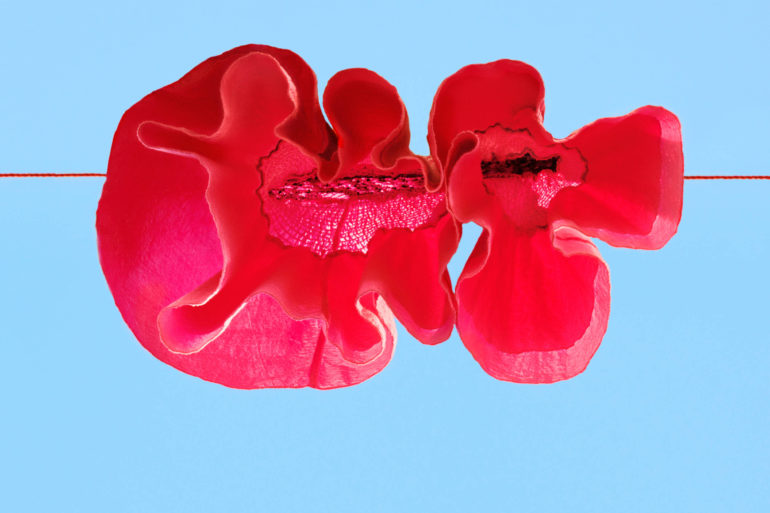
You can learn more about Sally by visiting her website.


